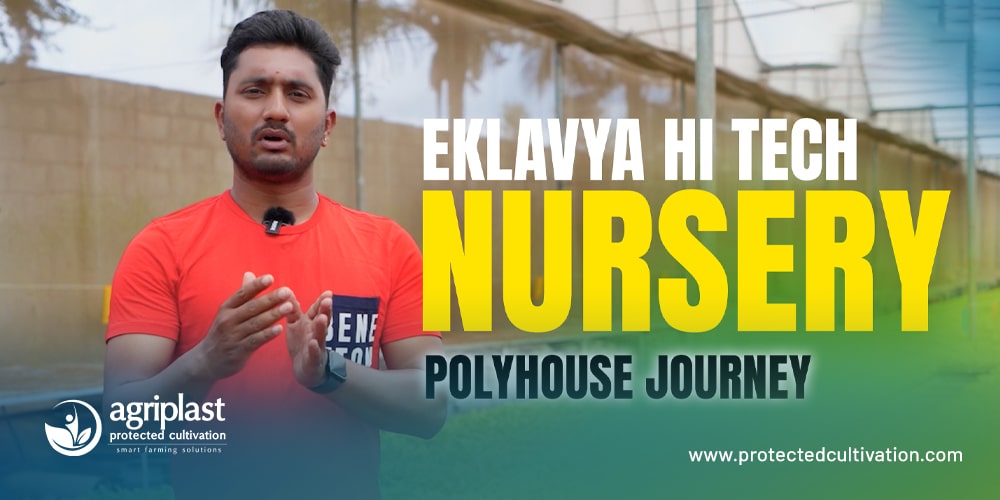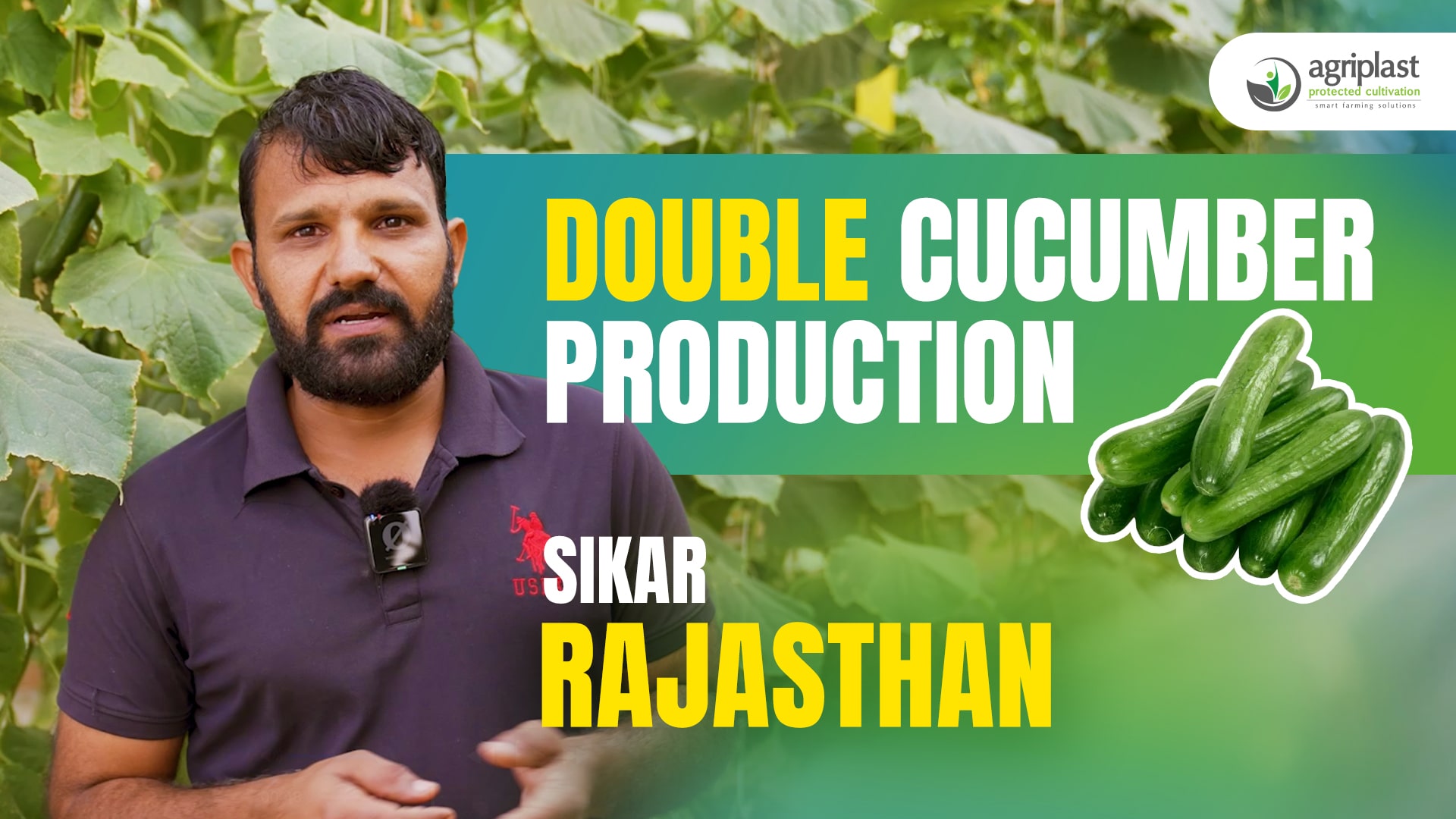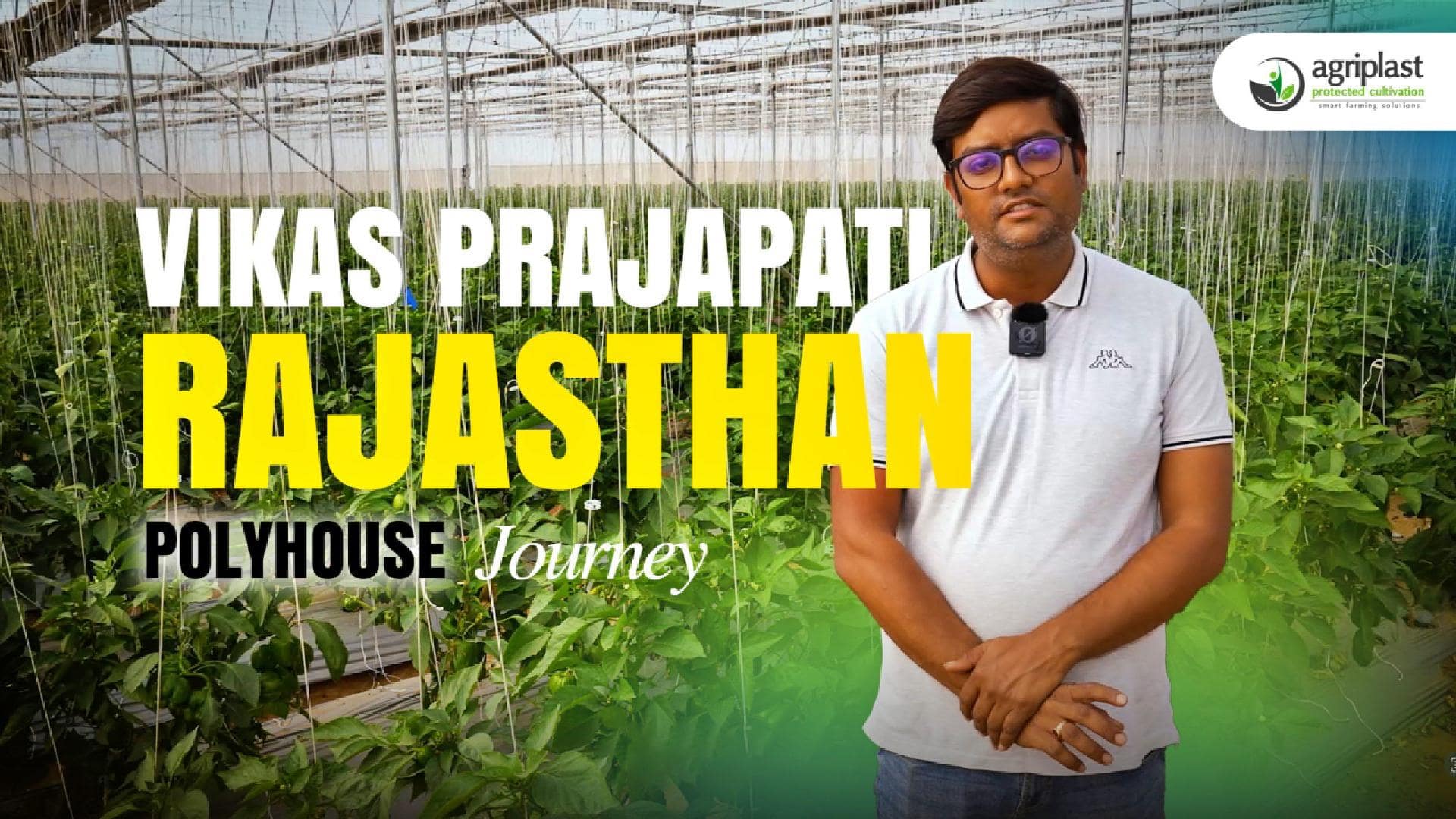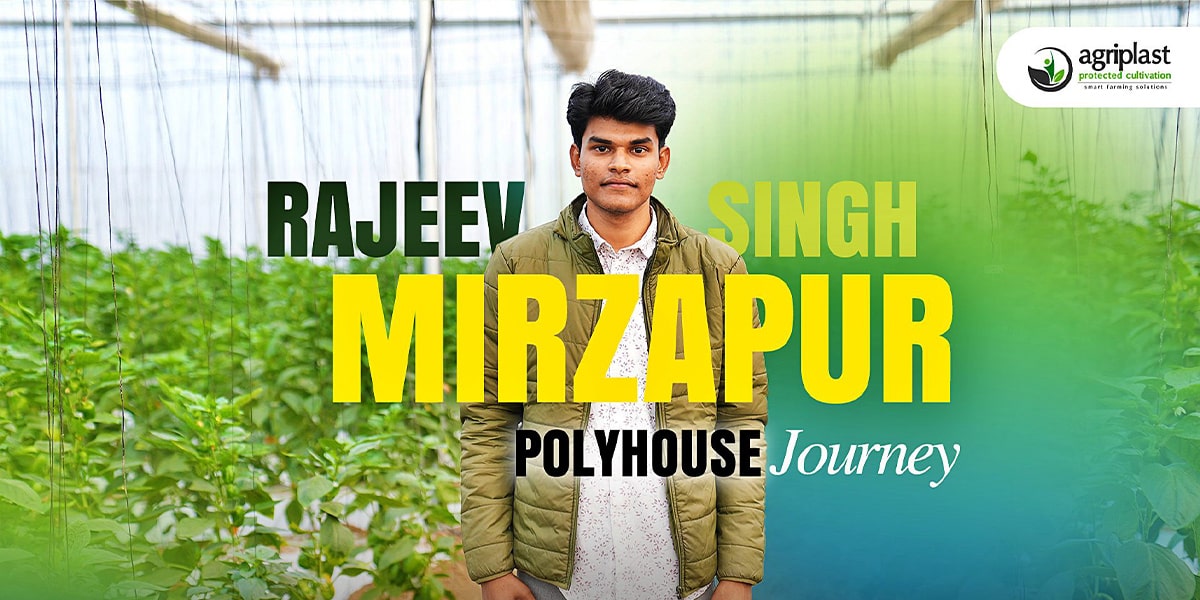Exploring Export Opportunities with Agriplast's Protected Cultivation Structures
Polyhouse Farming: A Comprehensive Beginner's Guide
Polyhouse farming is a modern technique of farming that involves the use of a greenhouse or a structure made of polyethylene film to grow crops. The polyhouse structure is designed to provide an optimal environment for the crops to grow, protecting them from harsh weather conditions, pests, and diseases.
Polyhouse farming is rapidly gaining popularity among farmers worldwide due to its numerous benefits.
This article will explore the basics of polyhouse farming, the benefits, the types of polyhouses, and how to start a polyhouse farm.

Benefits of Polyhouse Farming
Polyhouse farming offers numerous benefits to farmers, making it a preferred farming method. Some of the benefits include the following:
1. Increased Yield: Polyhouse farming provides a controlled environment that allows farmers to optimize crop growth conditions, leading to higher yields compared to traditional farming methods.
2. Pest and Disease Control: The polyhouse structure provides a barrier that prevents pests and diseases from attacking crops, reducing the need for chemical pesticides.
3. Optimal Water Usage: Polyhouse farming allows for better water management through the use of drip irrigation systems that reduce water wastage and ensure efficient water usage.
4. Extended Growing Season: Polyhouse farming provides a suitable environment for crops to grow even during the off-season, extending the growing season and increasing crop yield.
5. High-Quality Crops: The controlled environment provided by the polyhouse structure ensures that crops grow under optimal conditions, leading to high-quality produce.
Types of Polyhouses
There are different types of polyhouses available to farmers, each designed to suit specific crop requirements and environmental conditions. Here are the most common types of polyhouses:
1. High Tunnel Polyhouse: This type of polyhouse is designed to have a high ceiling, allowing for the cultivation of tall crops such as tomatoes and cucumbers. The high tunnel polyhouse is suitable for areas with moderate weather conditions.
2. Low Tunnel Polyhouse: This type of polyhouse has a low ceiling and is suitable for areas with harsh weather conditions. The low tunnel polyhouse is designed to provide protection to crops from strong winds, snow, and heavy rainfall.
3. Shade Net Polyhouse: This type of polyhouse is designed to provide shade to crops and protect them from direct sunlight. The shade net polyhouse is suitable for areas with high temperatures and intense sunlight.
4. Multi-Span Polyhouse: This type of polyhouse is designed to cover a large area and is suitable for commercial farming. The multi-span polyhouse provides a controlled environment for crops to grow under optimal conditions.
How to Start a Polyhouse Farm
Starting a polyhouse farm requires careful planning and investment. Here are the steps to follow when starting a polyhouse farm:
1. Conduct Market Research: Before starting a polyhouse farm, it is essential to conduct market research to identify the crops that are in high demand in your area. This will help you to determine the profitability of your farm.
2. Choose the Type of Polyhouse: Once you have identified the crops to grow, you can select the appropriate type of polyhouse that suits your crop requirements and environmental conditions.
3. Acquire Land: You will need to acquire land to set up your polyhouse farm. The land should be suitable for farming and have access to water and electricity.
4. Obtain Permits and Licenses: You will need to secure the necessary permits and licenses from the local authorities before starting your polyhouse farm.
5. Install the Polyhouse Structure: Once you have obtained the necessary permits and licenses, you can install the polyhouse structure on your farm.
6. Purchase Equipment and Supplies: You will need to purchase farming equipment and supplies such as irrigation systems, fertilizers, and seeds.
7. Hire Farm Workers: You will need to hire farm workers to help with the day-to-day operations of the farm.
Conclusion
Polyhouse farming is an efficient and cost-effective method of farming that offers numerous benefits to farmers. The controlled environment provided by polyhouse structures ensures optimal crop growth conditions, leading to higher yields and high-quality produce.
By considering the steps provided in this article, you can start a successful polyhouse farm and reap the benefits of this modern farming technique.
If you're in need of a reliable polyhouse manufacturer in India, Agriplast Protected Cultivation is the perfect choice for you. As the largest greenhouse factory in India, we're committed to providing you with the best solutions and outcomes to help your business grow continuously.
Our reliable team will operate with you to understand your unique requirements and deliver top-quality polyhouses that meet your expectations. Contact us today to learn more!























